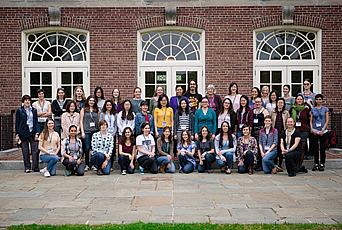
Calculating Women
Theoretical astrophysicist Priyamvada Natarajan writes in the New York Review of Books:
In the late nineteenth century, the term “computer” referred not to a machine but to a person who took measurements, graphed data, and made calculations that helped interpret information and predict results . . . it was crucial to the advance of science and technology. . . . Although advances in science and technology are often portrayed as the work of solitary men—for example, Isaac Newton, Thomas Edison, and Albert Einstein—science has always been a collective enterprise, dependent on many individuals who work behind the scenes. . . . Yet despite the collaborative nature of science, for too much of its history the work of women and scientists of color was exploited, deemed rudimentary, and unacknowledged.
Former Member Thomas Kuhn’s influential book The Structure of Scientific Revolutions (1962) challenged the view of scientific discovery in which progress is generated and accelerated by a particular great scientist. Instead Kuhn argued that new discoveries depend on the shared theoretical beliefs, values, instruments, and techniques of the larger scientific community—what he termed the entire “disciplinary matrix” or “paradigm.” . . . Later historians took up his suggestion to reconsider how scientific progress occurs.
Read more at the New York Review of Books.


